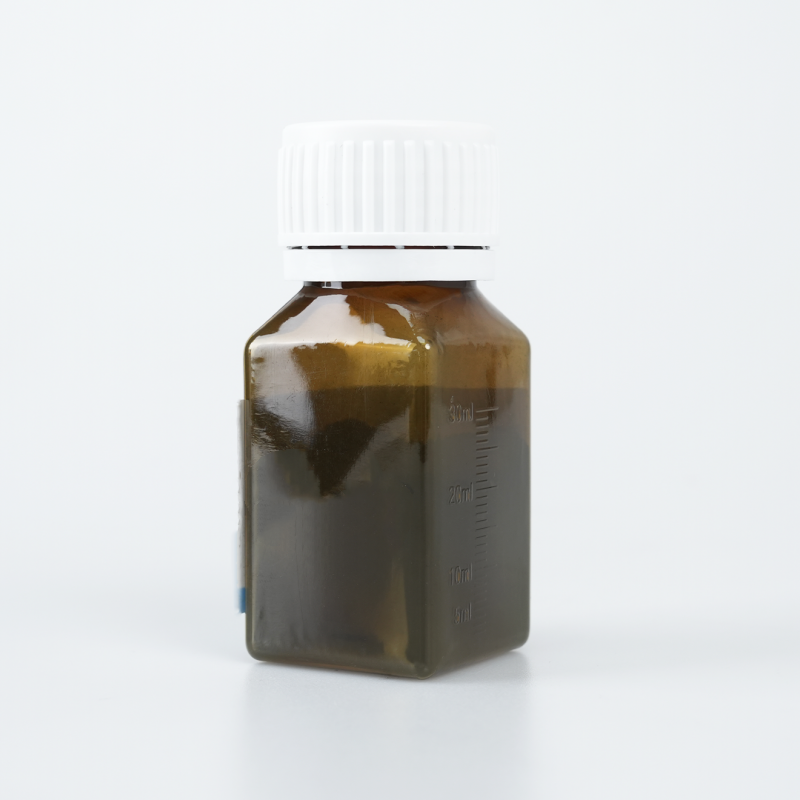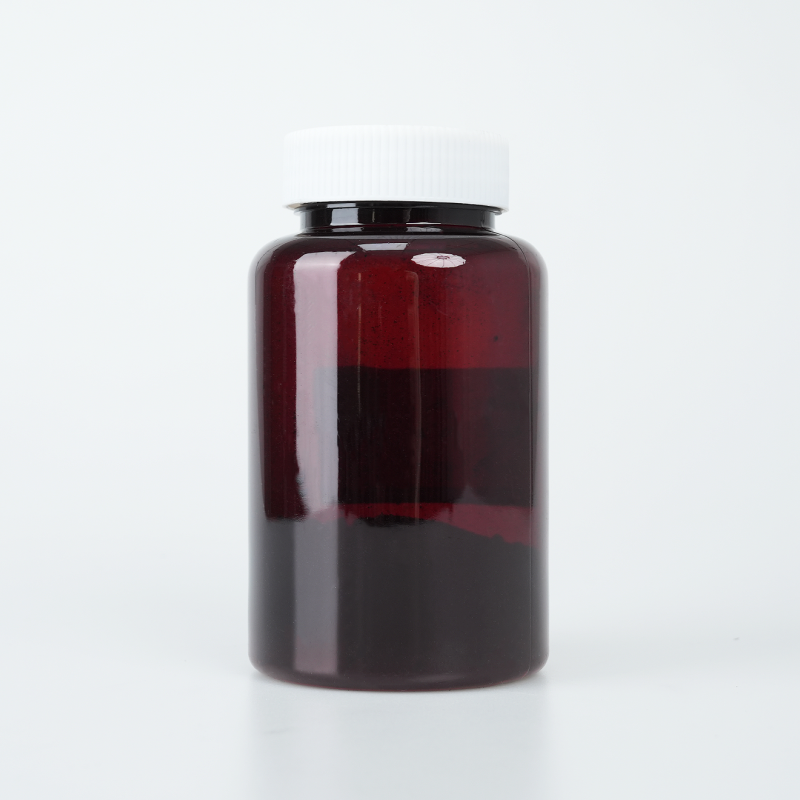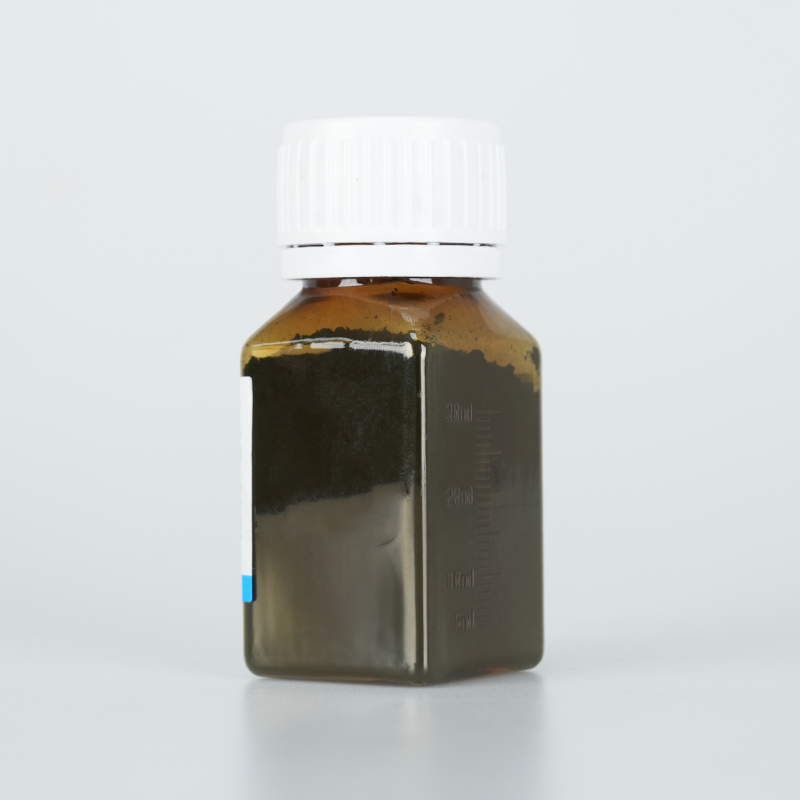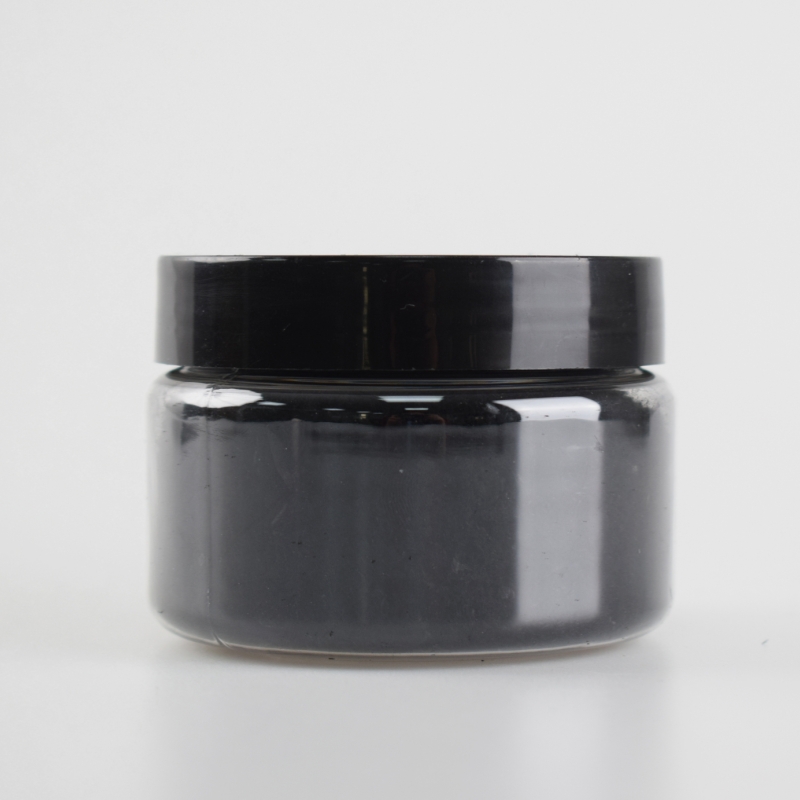Mesoporous polydopamine nanoparticles provide optimized surface functionality, superior drug-loading capacity, and enhanced biocompatibility. Designed for biomedical and catalytic applications, they ensure controlled release, extended stability, and high adaptability.
Product Overview
Mesoporous polydopamine nanoparticles are nanomaterials formed through the self-polymerization of dopamine hydrochloride under basic conditions. These nanoparticles feature a mesoporous structure and are primarily composed of polydopamine, known for its strong adhesion, reduction potential, and biocompatibility. Due to their unique structure and chemical properties, mesoporous polydopamine nanoparticles hold great promise for applications in biomedicine and nanotechnology.
Key Features
- Efficient Drug Delivery: The mesoporous structure allows for the adsorption and storage of drugs, facilitating controlled and targeted release.
- Enhanced Antioxidant Capacity: Capable of effectively scavenging free radicals, protecting cells from oxidative damage.
- Photothermal Therapy Potential: The photothermal conversion properties of dopamine make these nanoparticles promising for photothermal therapy, potentially enhancing cancer treatment.
- High Surface Area: The mesoporous structure provides a large surface area, improving material transfer and adsorption capabilities.
- Good Biocompatibility: The polydopamine polymer ensures excellent biocompatibility, making it suitable for a variety of biomedical applications.
Applications
- Drug Carrier: Used in the delivery of anticancer drugs, antibiotics, and other therapeutic agents, ensuring precise targeting to the desired location.
- Biosensors: Due to their unique optical and electrochemical properties, these nanoparticles are effective in detecting biomarkers.
- Imaging Agents: Can be employed in magnetic resonance imaging (MRI) and photoacoustic imaging, offering high-resolution biomedical imaging.
- Tissue Engineering Scaffolds: The adjustable pore structure makes these nanoparticles ideal for use as scaffolds in tissue engineering, promoting cell growth and tissue regeneration.
- Antitumor Therapy: Can be combined with photothermal therapy, chemotherapy, or immunotherapy for targeted cancer treatment.
| Item | Parameter |
| Appearance | Black colloidal dispersion |
| Size | 100-200nm (TEM) |
| Zeta Potential | -19mV |
| Remarks | Zeta potential data is a single measurement, and variation between batches is acceptable |
Submit Your RequirementsWe will contact you within 24 hours.
 WOBO Scientific Research New Materials One-Stop Service Platform
WOBO Scientific Research New Materials One-Stop Service Platform











